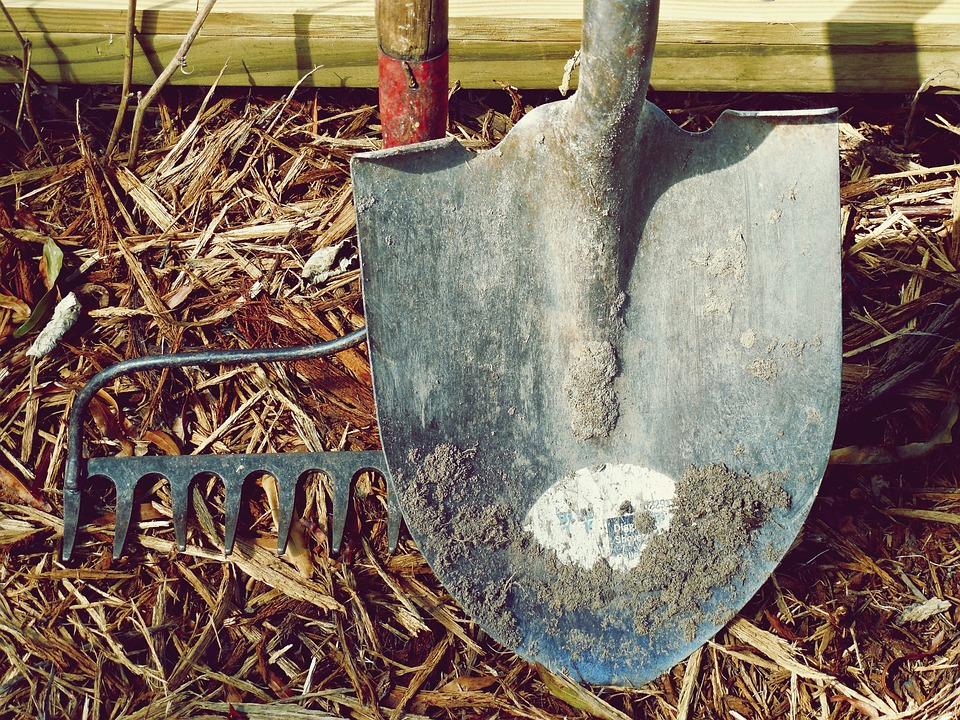How to Create a Beautiful and Eco-Friendly Garden: The Principles of Sustainable Garden Design
Picture this: a lush, vibrant oasis right in your backyard, teeming with life, nourishing both body and soul. Sounds like a dream, right? Well, it doesn’t have to be just a dream. With a little bit of knowledge and a whole lot of passion, you too can create a beautiful and eco-friendly garden that not only looks stunning but also benefits the environment. So, grab your gardening gloves and let’s dive into the principles of sustainable garden design!
For me, sustainable gardening is not just a hobby; it’s a way of life. As an avid lover of nature and someone who embraces the off-grid lifestyle, I have spent countless hours honing my skills in sustainable farming and gardening. Throughout the years, I have seen firsthand how a well-designed garden can provide nourishment, conserve resources, and support biodiversity. This article aims to share my knowledge and experiences to help you create your own little slice of sustainable paradise.
1. Embrace the Local Landscape
Nature has worked tirelessly to adapt and create a harmonious balance in your local landscape. By observing the natural flora and fauna of your specific region, you can gain valuable insights into what plants are best suited for your garden. Native plants thrive in their natural habitat, requiring less water, fertilizer, and pesticides. Supporting the local ecosystem not only reduces maintenance but also attracts beneficial insects and pollinators, ensuring a healthy and vibrant garden.
Pro Tip: Reach out to your local cooperative extension or garden center to find resources specific to your area. They can provide valuable insights and plant recommendations based on your region’s climate and soil conditions.
2. Practice Water-Wise Gardening
Water is a precious resource, and as sustainable gardeners, it is our duty to use it wisely. Implementing water-saving techniques not only conserves this invaluable resource but also benefits your plants and the environment. Start by incorporating drought-tolerant plants into your garden, which require less watering. Install a rainwater harvesting system to collect and store rainwater for irrigating your garden during dry spells. Consider the use of mulch to retain soil moisture and prevent weed growth, reducing the need for excessive watering.
Pro Tip: To keep track of rainfall in your area, use a rain gauge. This will help you gauge when to supplement rainwater with other water sources.
3. Compost, Compost, Compost!
One person’s trash is another’s treasure, and in sustainable gardening, that treasure is compost. Composting is nature’s way of recycling, turning kitchen scraps, yard waste, and other organic materials into nutrient-rich compost that revitalizes your garden. Instead of sending your kitchen waste to the landfill, create a compost pile or bin and let nature work its magic. Add this “black gold” to your garden beds to improve soil fertility, enhance plant growth, and reduce the need for synthetic fertilizers.
Pro Tip: To speed up the composting process, chop your organic materials into smaller pieces and turn the pile regularly to aerate it. This ensures a quicker breakdown and a faster supply of compost for your garden.
4. Embrace Biological Pest Control
In a sustainable garden, pesticides have no place. Instead, we welcome “good bugs” to keep the “bad bugs” in check. Biological pest control involves introducing beneficial insects, such as ladybugs and praying mantises, that prey on garden pests like aphids and caterpillars. Planting a diverse range of flowering plants will attract these helpful insects, creating a natural ecosystem that balances pest populations without the use of harmful chemicals. You can also promote biodiversity by providing habitat for birds, bats, and other natural predators, ensuring a healthy and thriving garden.
Pro Tip: Make your garden irresistible to beneficial insects by including a variety of flowering plants with different blooming times. This will provide a constant supply of nectar and pollen, encouraging these helpful insects to stay and keep pest populations in check.
5. Reduce, Reuse, Recycle
Sustainable gardening goes beyond the garden bed; it extends to the materials and resources we use. Reduce waste by repurposing household items for unique garden projects. Reuse containers for seed starting or as creative planters. Recycle materials whenever possible, such as using reclaimed wood for garden structures or creating upcycled garden art. By minimizing waste and embracing creative solutions, we can reduce our impact on the environment and add a touch of creativity to our gardens.
Pro Tip: Keep an eye out for plant sales in your community or online. Many gardeners propagate and sell their excess plants, providing an opportunity for you to add diversity to your garden while supporting local gardeners.
As you embark on your sustainable gardening journey, remember that every step you take, no matter how small, contributes to a greener and more sustainable future. By embracing the principles of sustainable garden design, you can create a space that not only nurtures your plants but also incorporates eco-friendly practices. So, why wait? Start digging, planting, and cultivating your own beautiful and environmentally conscious garden today!
Pro Tips:
1. Incorporate a compost thermometer to monitor the temperature of your compost pile. This ensures optimal conditions for decomposition and helps you troubleshoot any issues.
2. Install a rain barrel or cistern system to collect rainwater from gutters, maximizing your water-saving efforts.
3. Leave some areas of your garden undisturbed or create a designated wildlife habitat to attract a variety of beneficial creatures.
4. Practice responsible plant selection by researching invasive species in your area and avoiding them in your garden.
Keywords: sustainable garden design, eco-friendly garden, local landscape, water-wise gardening, composting, biological pest control, reduce waste, repurpose, recycle



